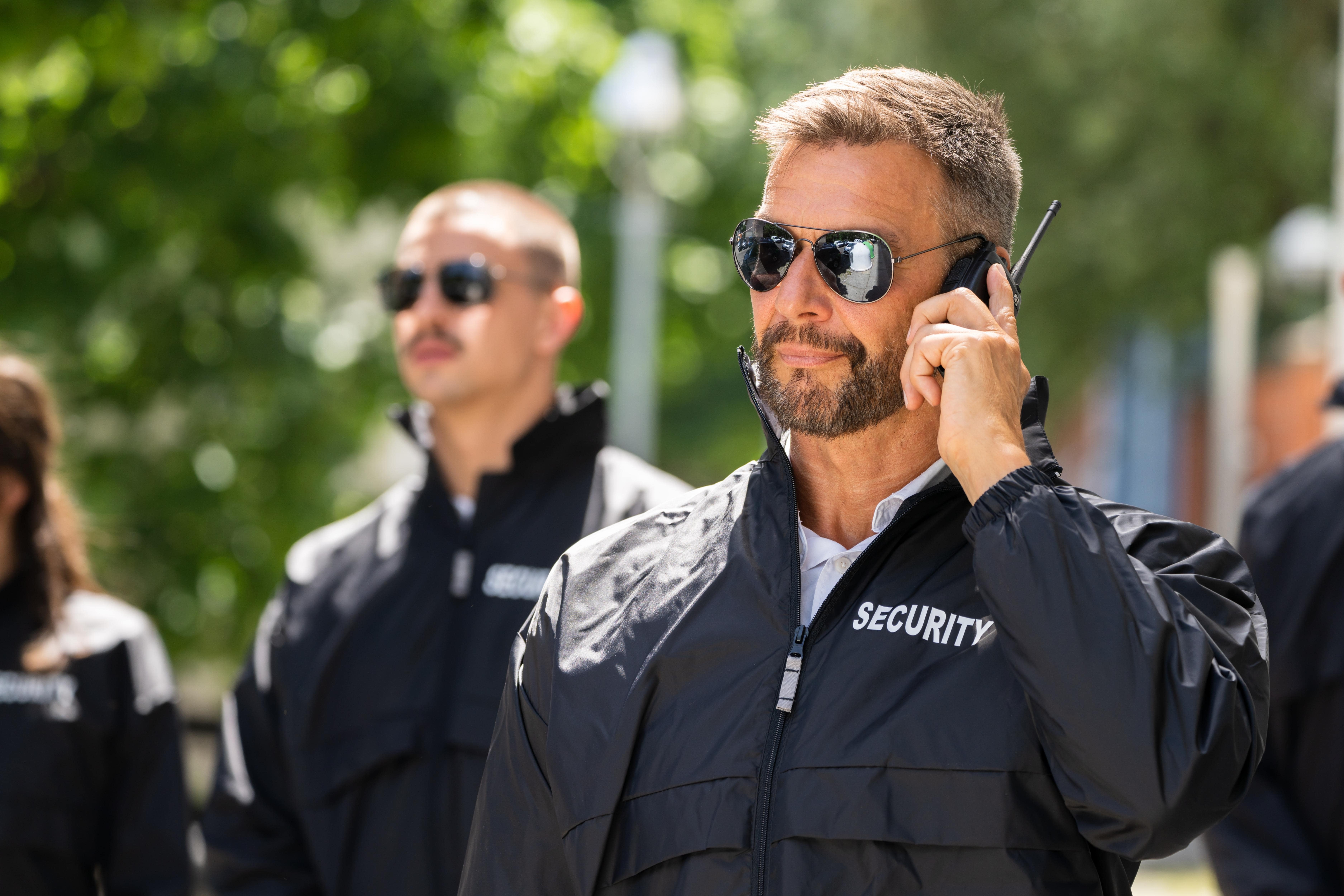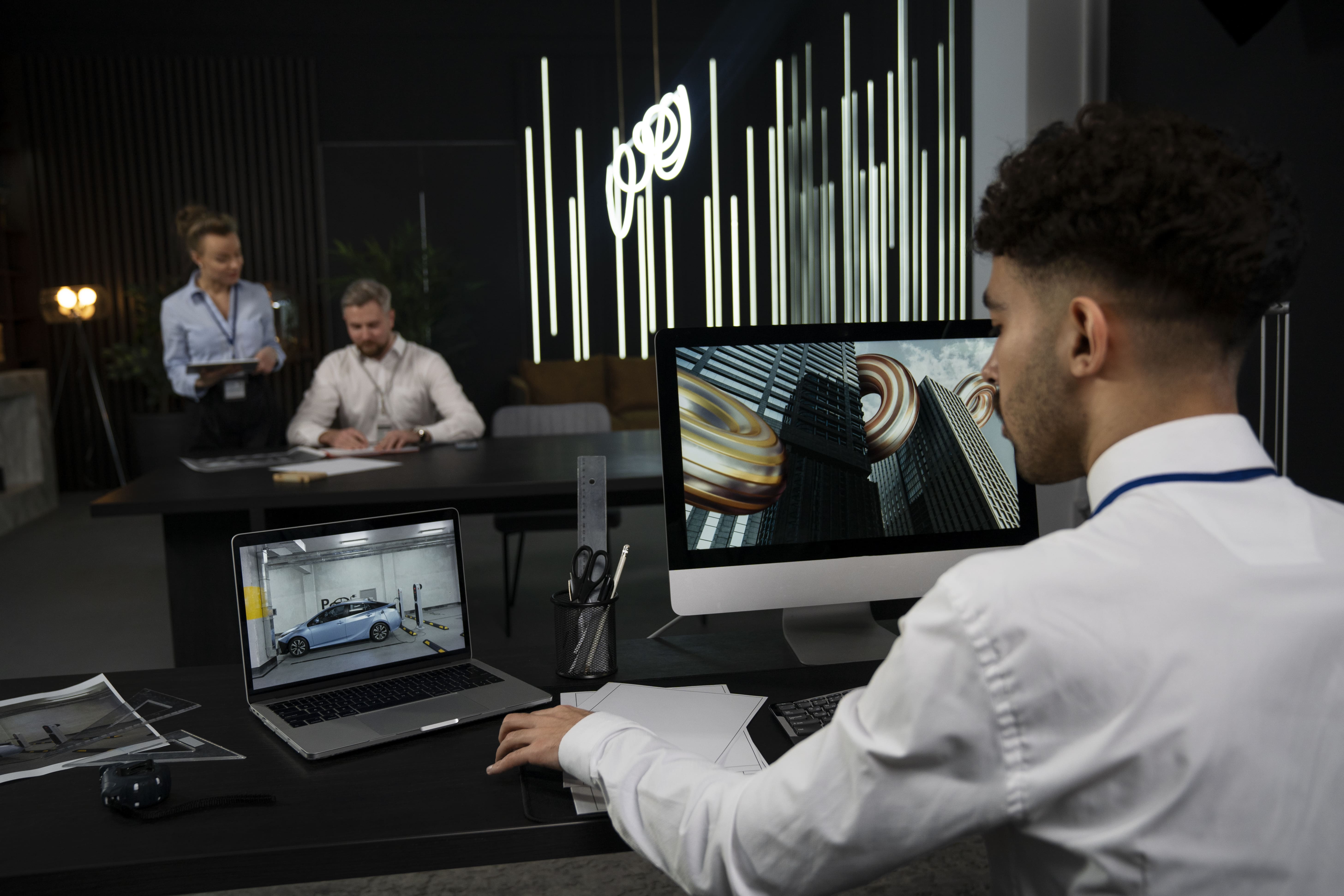
Security in business extends far beyond locks and cameras; it is an attitude. Many companies think one device or rule can solve all issues; as a result, risks such as lost revenue, interruptions to operations, or reputational harm occur. This guide presents five of the most frequently occurring issues and their solutions so your organization can protect employees, premises, and operations without interference or interruptions from external forces. These savvy business security tips
Relying on Technology Without Human Oversight
Many managers think cameras and alarms are a complete solution. Although technology plays an essential part, CCTV and sensors alone cannot interpret context or diffuse tense situations without trained staff analyzing alerts regularly and reviewing false positives for incidents that really warrant investigation. For optimal monitoring results, combine on-ground presence with regular review of footage for maximum benefit from your systems. Add devices with human interaction for optimal business security results.
Weak Access Control and Poorly Enforced Policies
Locked doors that have not been secured with shared passwords and insufficient visitor verifications are all open to burglars. Access Control Systems should be an integral part of your security strategy, and only when the guidelines are in place and regularly updated. Check regularly who is able to access, remove credentials not used, and make use of multi-factor authentication in sensitive locations. Easy-to-follow procedures will help staff as well as security personnel.
Low Employee Security Awareness
The employees are your primary source of protection. If employees aren't taught to identify phishing scams and tailgating or other suspicious behaviors, then even the top security systems will fail. Regular employee security awareness sessions that are short, useful, and based on roles, ensure that everyone is in the loop and ensure that everyone is on the same page. Little steps, such as reporting suspicious visitors or checking the delivery, can make a significant change.
Underinvesting in Physical Security for Offices
Lighting, locks, safe storage facilities, and visible security prevent many crimes before they even begin. In the case of high-traffic or events, Specialized groups, like Event Security Guards or the High Rise Security Guard, must be thought of to fit the risk profile. The physical measures and the clear signs can also aid in ensuring that visitors adhere to regulations, decreasing the risk of friction and security. When it comes to tall commercial buildings, the presence of a High Rise security Guard ensures regular monitoring, strict control of visitors, and a quick response to crises.
No Incident Response Plan or Testing
Physical security for offices is often sidelined in favor of IT spending. Most firms have a policy but no proven reaction. In the event of an incident, panic might lose precious time as well as lives. Draft a precise incident-response plan with concise roles assigned, then conduct tabletop exercises as a part of your training program. Include contact lists, escalation paths, and steps both in communications and security. Repeated drills smooth out responses and minimize damage.
Practical Steps to Plug Business Security Leaks
Start small and pragmatic. Conduct a security audit and prioritize quick wins (lock audits, password hygiene, lighting), and strategize the training. Blending technology with staff in watching and routine patrols, and specifically defined SOPs, is most effective.
Practical Steps to Fix Business Security Gaps
Begin small and pragmatic. Perform a security audit and prioritize wins that are quick (lock audits, hygiene of passwords, lighting), as well as plan the training. Integration of technology with personnel in monitoring and regular patrols, and clearly defined SOPs, is the most effective.
Wrap Up
A perfect business security blend combines procedures, people, and technologies. Addressing these five errors from access control to training and testing enhances the resilience of your business and protects personnel, assets, and the business's reputation. Begin with an honest evaluation, then focus on small adjustments with shared responsibility, and make it an environment where safety is a shared responsibility throughout the organisation.
American Frontline Guards assists companies in bridging people and technologies to optimize security. Have a look and discover customized solutions.
Frequently Asked Questions Regarding Business Security
What are the most common security mistakes businesses make?
Reliant on technology only, poor access control, low employee awareness, failure to invest in physical security, and the lack of a defined incident response plan.
How can businesses improve their physical security?
Review entry points, increase lighting, verify storage is secure, confirm access policy is enforced, and utilize visible deterrents like signs and patrols.
Why should companies hire licensed security guards?
Trained guards are taught responsibility, accountability, and on-site judgment that technology cannot provide, thereby minimizing risks and speeding response.
What’s the best way to prevent theft and unauthorized access?
Security layers: Regulate access, train employees for security awareness, utilize surveillance through human authentication, and conduct frequent patrols.




